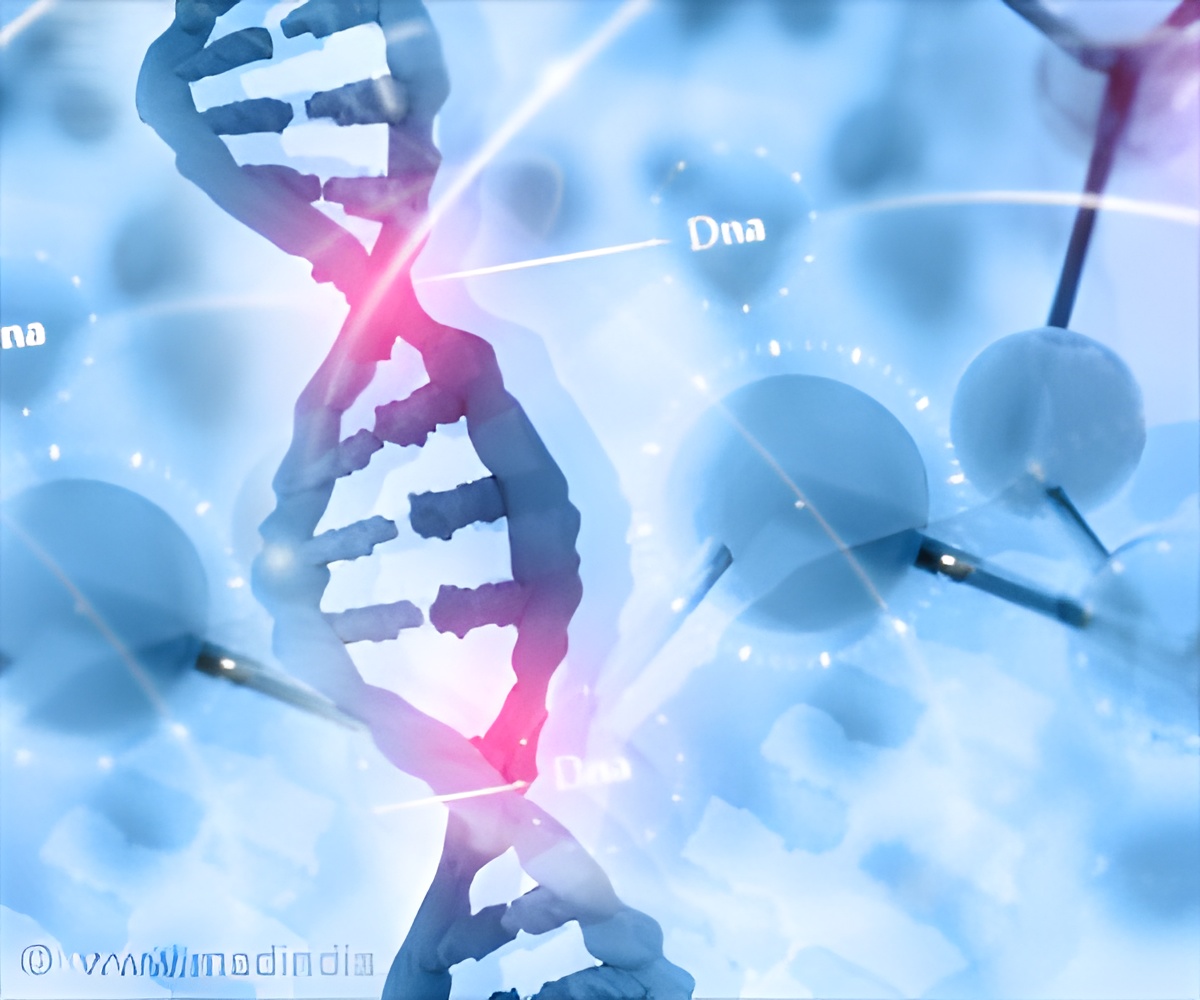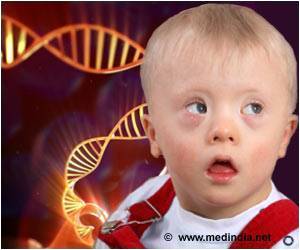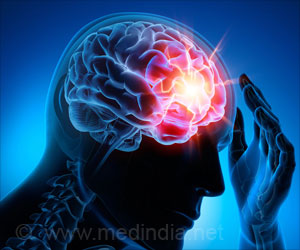Scientists move a step forward for a better understanding of the connections between genetics and disease by mapping how the genes are turned on or off in different cells.

TOP INSIGHT
Scientists move a step forward for a better understanding of the connections between genetics and disease by mapping how the genes are turned on or off in different cells.
The major proteins in chromatin, called histones, help tightly package the DNA in a compact form that fits within the cell nucleus. Changes in how chromatin bundles up DNA are associated with DNA replication and gene expression.
“The human genome was sequenced 20 years ago, but interpreting the meaning of this book of life continues to be challenging. A major reason is that the majority of the human DNA sequence, more than 98 percent, is non-protein-coding, and we do not yet have a genetic codebook to unlock the information embedded in these sequences,” says Bing Ren, Ph.D., director of the Center for Epigenomics, professor of cellular and molecular medicine at UC San Diego School of Medicine and a member of the Ludwig Institute for Cancer Research at UC San Diego.
Study Atlas of Human Genome
However, an ongoing international effort called the Encyclopedia of DNA Elements (ENCODE) strives to unlock these missing answers. In particular, the study investigated the role and function of chromatin.
The information was then integrated with similar data from 15 fetal tissue types to reveal the status of chromatin at approximately 1.2 million candidates cis-regulatory elements in 222 distinct cell types.
The study anticipates that the chromatin atlas will also allow the scientific community to unravel tissue environment-specific differences of cell types that reside in multiple tissues and facilitate the study of mechanism across a broad spectrum of human diseases for many years to come.
Source-Medindia
 MEDINDIA
MEDINDIA




 Email
Email






